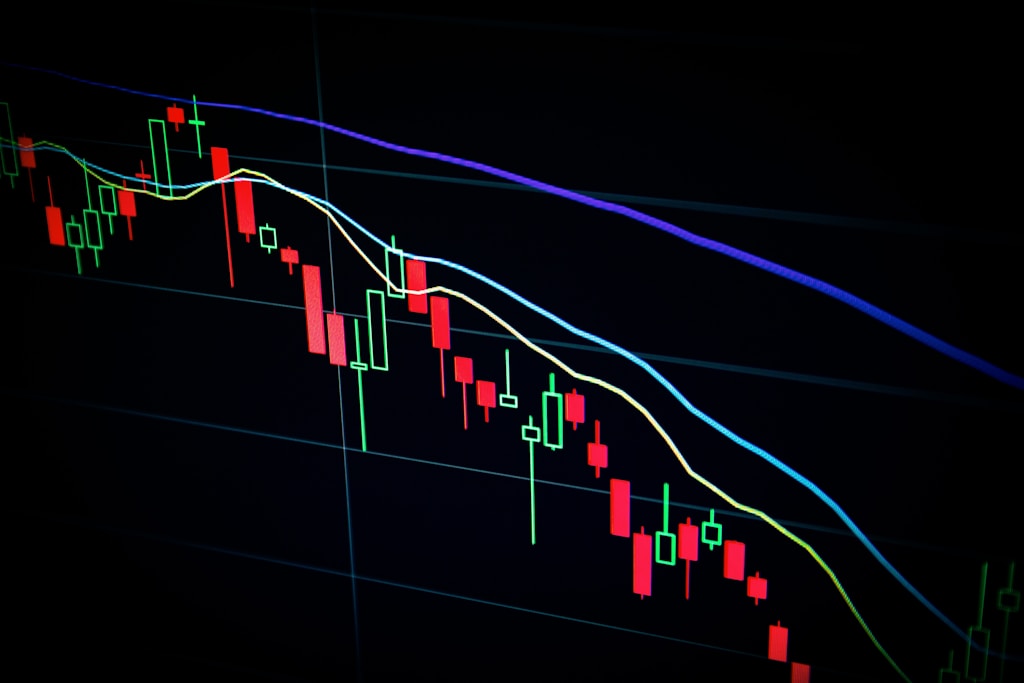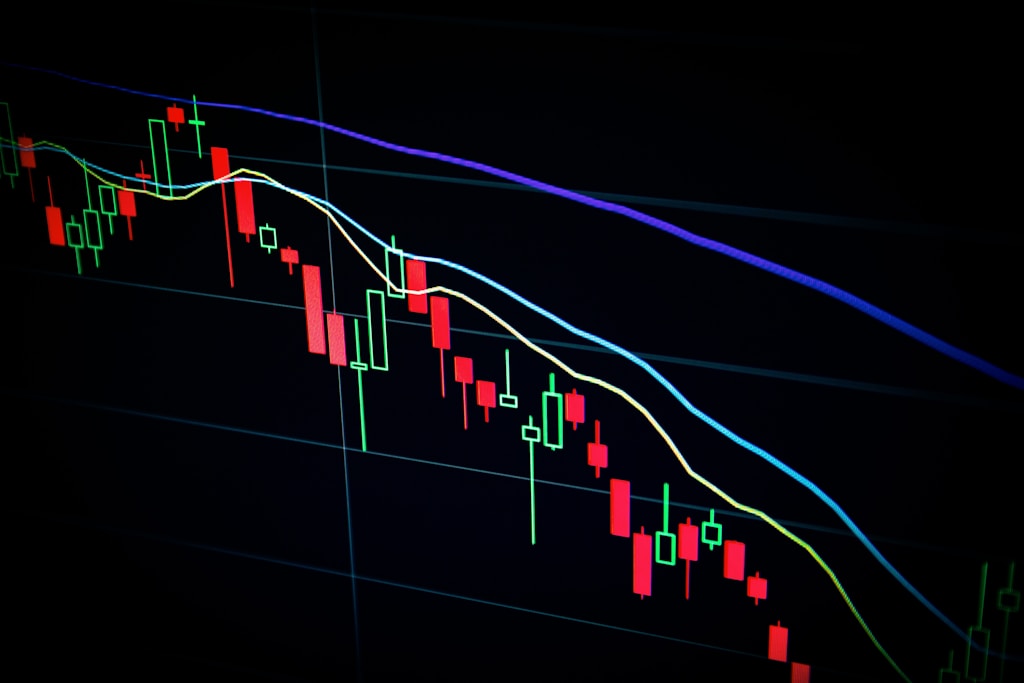The cryptocurrency market has experienced a devastating $1 trillion wipeout as escalating US tariff tensions trigger widespread panic selling. According to new research from Binance, this unprecedented market correction signals potential long-term volatility ahead for digital assets.
As Bitcoin crashes below $75,000 amid the tariff-induced panic, the broader crypto ecosystem faces its most significant test since the 2022 bear market. The ripple effects are being felt across all major cryptocurrencies, with altcoins experiencing even steeper declines.
Key Market Impact Points
- Total crypto market capitalization down $1 trillion
- Bitcoin testing critical support at $75,000
- Altcoins seeing 20-30% losses across the board
- Trading volume surge indicates panic selling
Binance Research Warns of Extended Volatility
Binance’s latest market analysis highlights several concerning factors that could prolong the current downturn:
- Escalating trade tensions between major economies
- Institutional investors reducing risk exposure
- Correlation with traditional markets reaching yearly highs
- Leverage positions facing widespread liquidations
SPONSORED
Navigate market volatility with up to 100x leverage on perpetual contracts
Global Economic Implications
The tariff war’s impact extends beyond crypto markets, with traditional financial markets also showing significant strain. Bitcoin ETFs have seen substantial outflows as investors seek safer havens amid the economic uncertainty.
Expert Analysis and Market Outlook
Market analysts suggest the current selloff could represent a longer-term shift in market dynamics. The combination of macro economic pressures and technical factors points to potential further downside before any sustainable recovery can take hold.
FAQ Section
How long could this market downturn last?
According to Binance Research, the market could experience elevated volatility for several months as trade tensions play out.
What are the key support levels to watch?
Bitcoin’s critical support remains at $75,000, with secondary support at $72,000 and $70,000.
How does this compare to previous market corrections?
This $1 trillion decline represents one of the largest single-week losses in crypto market history.
Looking Ahead
Investors should prepare for continued market turbulence as global trade tensions evolve. Risk management and position sizing become increasingly critical in this environment.







